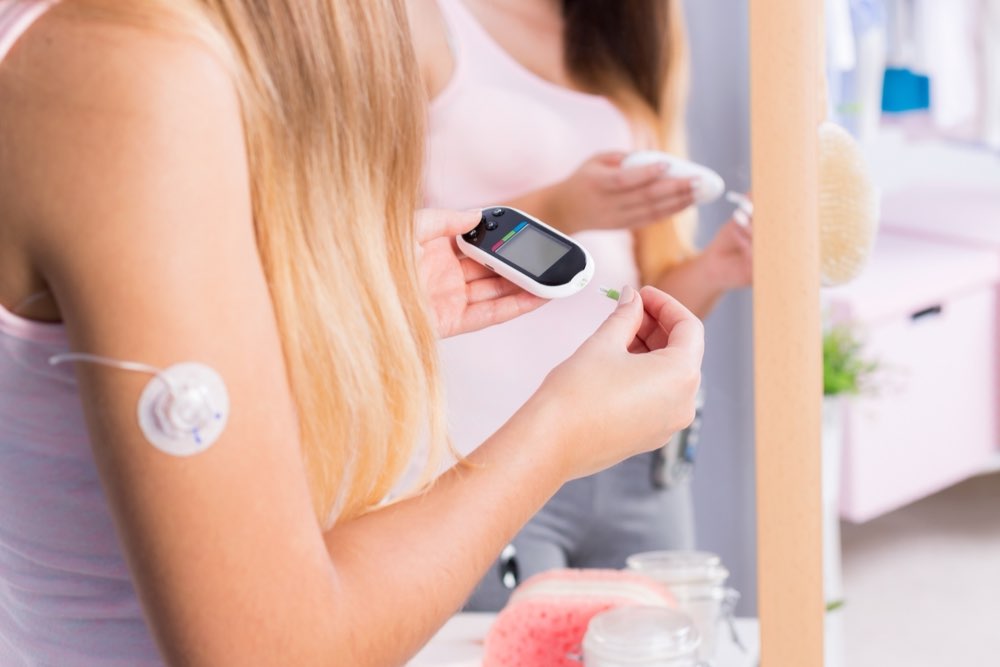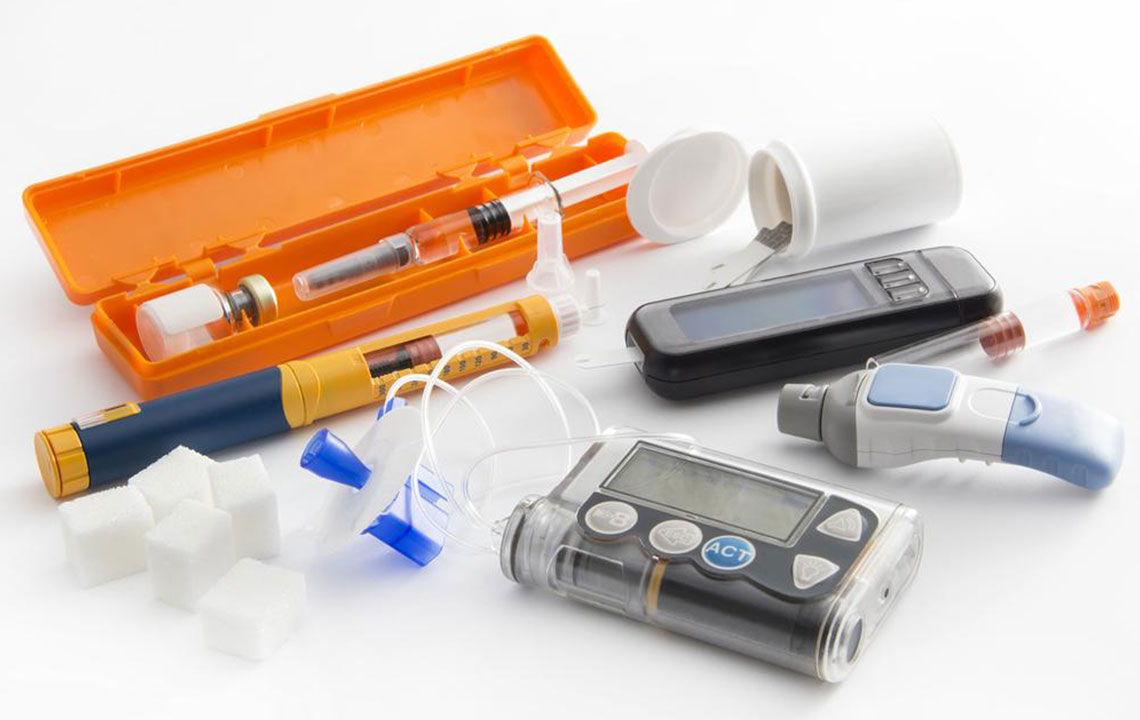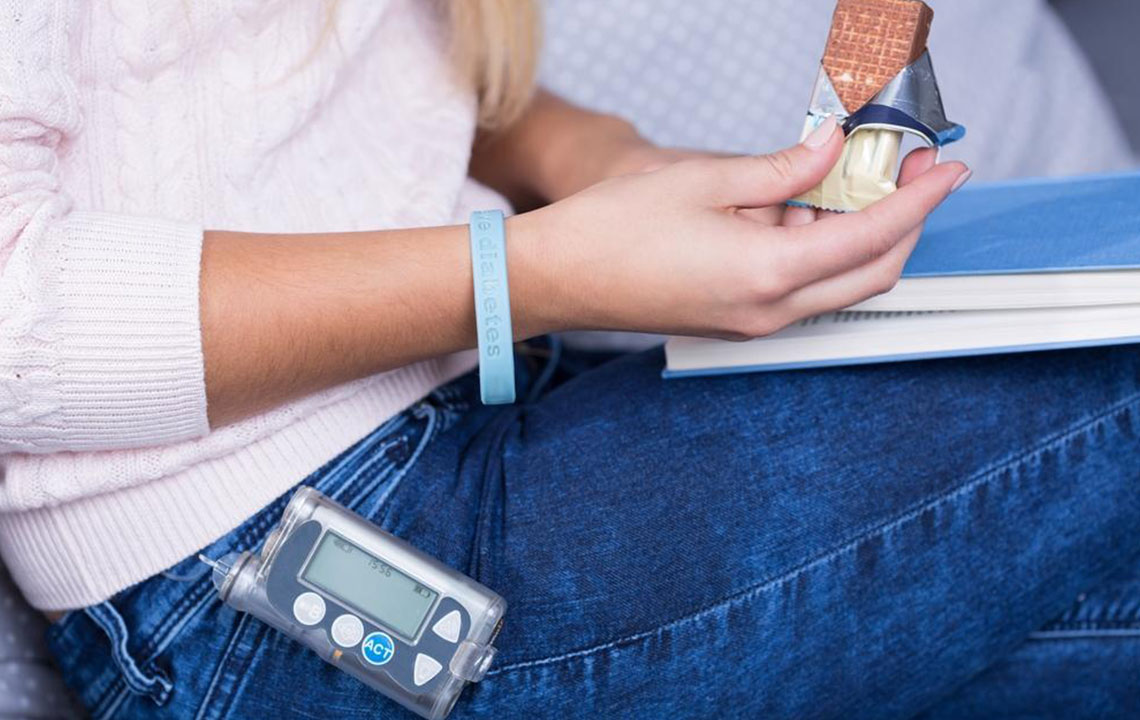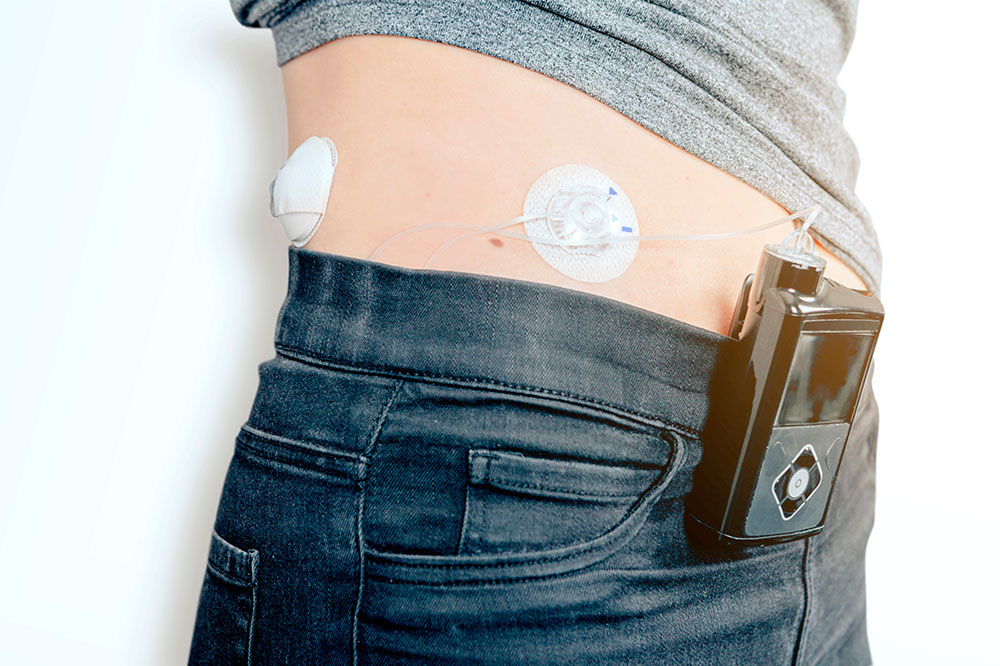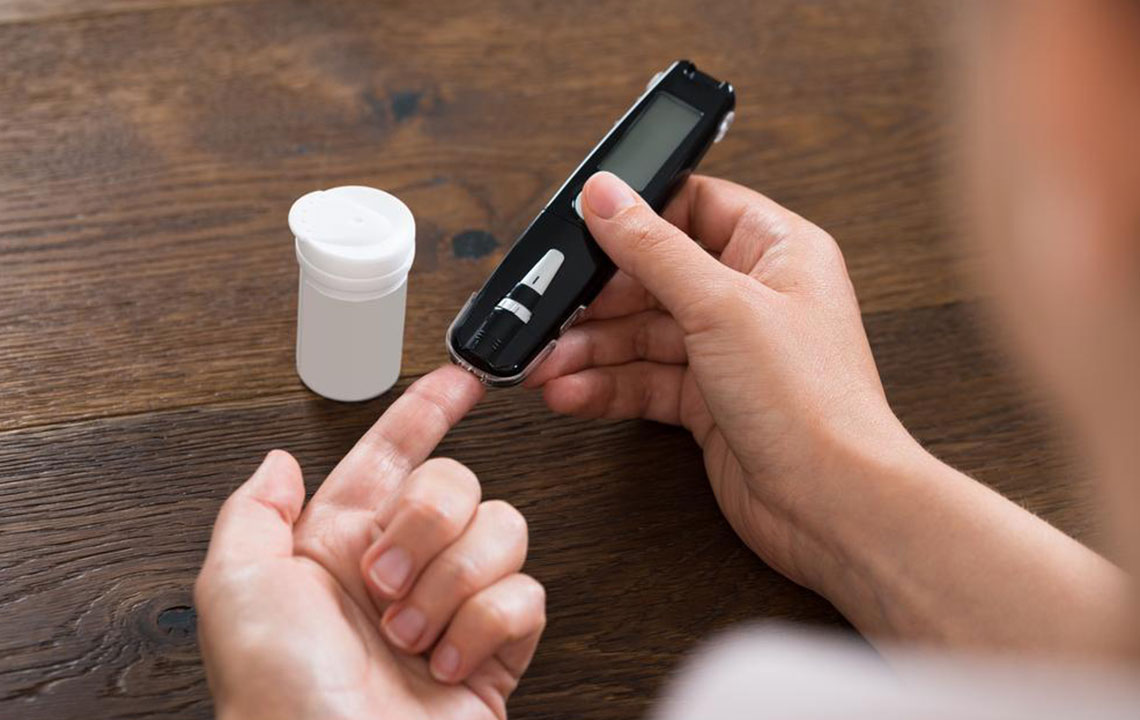Advanced Insulin Delivery Systems for Managing Type 1 Diabetes
Discover modern insulin delivery options like insulin pumps and CGM systems, designed to help manage type 1 diabetes effectively. Learn about the different types, how they work, and their benefits for a better quality of life.
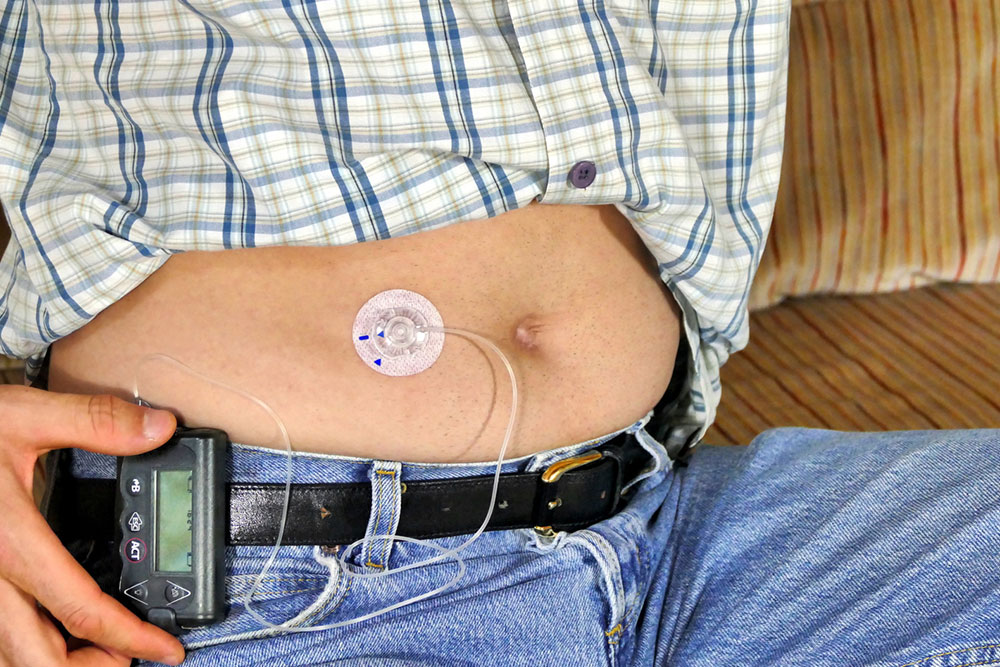
Innovative Insulin Delivery Devices for Type 1 Diabetes Management
Type 1 diabetes is a long-term condition where the pancreas produces little or no insulin due to an autoimmune process. It often appears during youth but can occur at any age. Treatment primarily involves insulin administration, typically through advanced delivery devices like insulin pumps, supplemented by continuous glucose monitoring (CGM) systems to track blood sugar levels precisely.
What is an insulin pump?
An insulin pump is a compact, wearable device that provides a steady flow of insulin. About the size of a small carton, it delivers rapid-acting insulin under the skin, offering a modern alternative to daily injections.
Many contemporary pumps incorporate CGM technology, allowing real-time monitoring and automated insulin adjustments based on glucose levels. This integration enhances control and reduces the burden of manual calculations.
How do insulin pumps work?
Insulin pumps aim to replicate the natural function of the pancreas by delivering small, continuous doses of insulin called basal rates. These doses vary throughout the day depending on activity, meals, and body needs. Pumps can also administer bolus doses for meals or high blood sugar episodes, which are calculated based on user-input data like carbohydrate intake and current glucose levels.
Most pumps are programmable and adjustable to fit individual lifestyles, often paired with CGM systems for dynamic insulin management. Users can manually set doses after consulting healthcare providers, ensuring personalized treatment.
Types of insulin pumps
innovations have led to two primary categories: tubed and tubeless pumps.
Tubed insulin pumps
These traditional devices connect to an infusion set via a thin tube. The pump, which includes a display for monitoring and control, stores insulin in a reservoir that needs refilling every few days. Its portability allows clipping onto clothing, and it can be disconnected temporarily for activities like swimming or showering.
Tubeless insulin patches
Also called patch pumps, these feature a single unit attached directly to the skin with an adhesive. They combine the insulin reservoir and cannula into a compact pod that can be replaced every 2-3 days. These waterproof devices eliminate the need for tubing, offering greater convenience for active users.
Advantages of insulin pumps
Employing an insulin pump is vital for many with diabetes, especially type 1. They allow precise dose adjustments aligned with meal plans, activity, and lifestyle. Integrating CGM technology enhances blood sugar tracking, enabling timely interventions. Patients can review data with their healthcare providers or share it for professional analysis. Pumps also offer flexibility, promoting better lifestyle adherence and improved quality of life.
Note: The health information provided here is for general informational use only. It is not a substitute for professional medical advice. Always consult licensed healthcare providers for diagnosis and treatment decisions.

